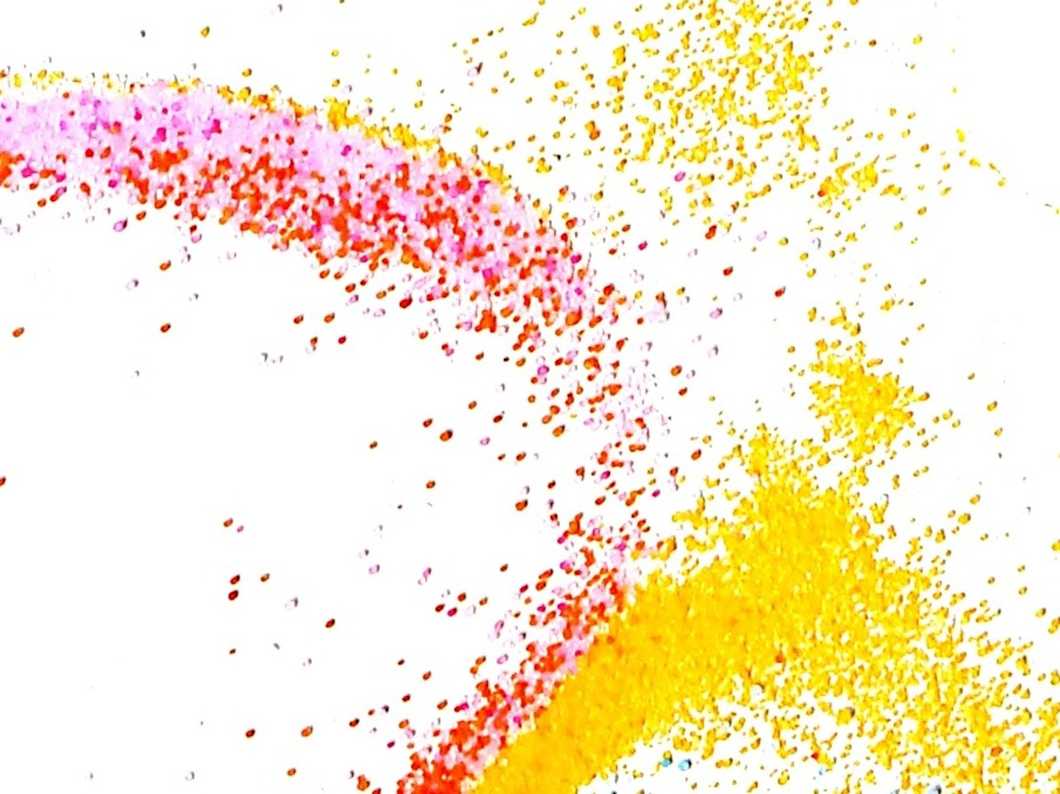FTIR microscopy
Fourier-transform infrared (FTIR) microscopy, also known as µ-FTIR or micro-FTIR, is an analytical technique used to obtain an FTIR spectrum from a microscopic region of a sample. The method has applications in a wide range of industries due to its ability to identify the chemical composition of small areas or particles.

Some of our micro-FTIR services
Microplastics in natural water or wastewater with µFTIR
Microplastics in clean water samples or bottles with FTIR or Raman
Microplastics in blood and other samples of human origin
Microplastics on filter
Microplastics in soil, sludge or sediment with FTIR
Prices excluding VAT.
What is FTIR microscopy used for?
FTIR microscopy is suitable for a wide range of sample matrices and is especially useful for quality control due to its ability to identify the source of microscopic contaminants within a product. Detectable contaminants include hair, dust, and microplastics in products including pharmaceuticals, food, and consumer goods - among many others.
Micro-FTIR can also be used to analyze the surface chemistry of adhesives, coatings, and thin films by identifying the chemical groups present on the surface that can affect the adhesive or hydrophobic/hydrophilic properties.
Finally, FTIR microscopy can be used for material failure analysis studies. For example, the identification of a particle on the fractured surface of a material can give information about the defect that caused the failure.
How does µ-FTIR work?
FTIR is used to characterize regions of a sample based on their unique FTIR spectral “fingerprint”. The molecular groups or bonds that make up a substance uniquely interact with infrared light. Because of this, it is possible to identify specific chemicals, plastics, or other forms of matter by matching the spectrum to an established library of substances.
In FTIR microscopy, an optical microscope is used to identify areas of interest and irradiate them with infrared light. This yields a spectrum for a specific microscopic region of the sample.
The results can be as simple as a single spectrum for one location, or a collection of IR spectra, visualized as a 2D map highlighting the distribution of different chemical compounds in different colors.
Sample requirements and preparation
ATR mode is suitable for almost all sample types with little to no preparation. For transmittance and reflectance modes, samples must be < 20 µm thick. A suitable thickness can be achieved using microtome preparation.
Advantages and limitations of FTIR microscopy
Compared to conventional FTIR, the addition of microscopy allows the sample's chemical composition to be visualized at different points of interest.
The resolution of FTIR microscopy is approximately 5–10 µm (depending on the equipment), which limits its usefulness in semiconductor applications, where a nanometer-level resolution is often required.
Looking for FTIR analyses?
Measurlabs offers laboratory testing with FTIR microscopy for quality control, failure analysis, and microplastic studies. We also offer conventional FTIR spectroscopy and a variety of other methods, enabling you to get all the analyses you need through one point of contact. Whenever you need assistance our skilled testing experts are here to help you. Contact us through the form below to get a customized offer for your analysis need and sample number.
Suitable sample matrices
- Organic compounds
- Coatings
- Thin films
- Food
- Pharmaceuticals
Ideal uses of FTIR microscopy
- Material characterization
- Failure analysis
- Quality control & contamination assays
- Surface chemistry analysis
Ask for an offer
Fill in the form, and we'll reply in one business day.
Have questions or need help? Email us at info@measurlabs.com or call our sales team.
Frequently asked questions
Measurlabs offers a variety of laboratory analyses for product developers and quality managers. We perform some of the analyses in our own lab, but mostly we outsource them to carefully selected partner laboratories. This way we can send each sample to the lab that is best suited for the purpose, and offer high-quality analyses with more than a thousand different methods to our clients.
When you contact us through our contact form or by email, one of our specialists will take ownership of your case and answer your query. You get an offer with all the necessary details about the analysis, and can send your samples to the indicated address. We will then take care of sending your samples to the correct laboratories and write a clear report on the results for you.
Samples are usually delivered to our laboratory via courier. Contact us for further details before sending samples.